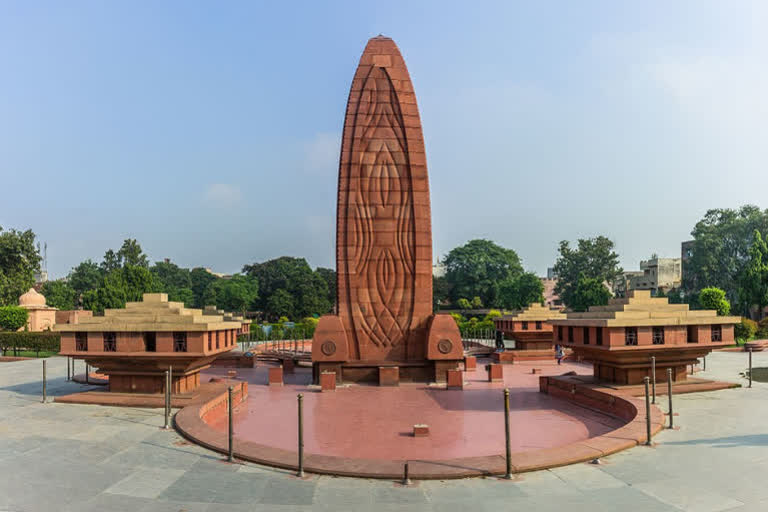Hyderabad: The Jallianwala Bagh massacre which holds significant importance in India's Independence took place on April 13, 1919. It was on this day that the Britishers opened fire on unarmed innocent civilians in an open space known as Jallianwala Bagh in Amritsar of Punjab region, wherein hundreds were killed and over a hundred others were left wounded.
Also read: 14 pvt hospitals in Delhi declared 'full COVID-19' hospitals
A memorial to honour those Indian revolutionaries and the people who lost their lives was set up by the Indian Government in 1951 at Jallianwala Bagh, in remembrance of the brutal massacre. It is a symbol of struggle and sacrifice and continues to instil patriotism among the youth. The 'Yaad-e-Jallian' Museum was also inaugurated to highlight the incident.
However, the incident left a permanent scar on Indo-British relations and initiated Mahatma Gandhi’s total commitment to Indian nationalism and independence from the United Kingdom.
Also read: Fire breaks out in Ghaziabad's Sadarpur slum area
What was the reason behind the massacre?
After the Rowlatt Act (Black Act) was passed on March 10, 1919, nationwide unrest began, with Mahatma Gandhi initiating the Satyagraha. The Act empowers the government to imprison, confine any person sans trial under sedition.
On April 7 the same year, Gandhi had published an article called Satyagrahi, describing ways to oppose the Rowlatt Act. This led the Britishers to discuss the issue and strategise ways to tackle Gandhi and other leaders participating in the movement.
Also read: VP Naidu, PM Modi to address Governors of all states on Wednesday
Following these orders were issued prohibiting Gandhi from entering Punjab and that if he violated the rules he may be apprehended. It was then that sir Michael O'Dwyer, the Lieutenant Governor of Punjab (1912-1919) had put forward the plan to deport Gandhi to Burma, but was not implemented as the fellow officers felt that a mass outrage by the public would lead to them being instigated.
Dr Saifuddin Kitchlew and Dr Satyapal, the two prominent leaders who symbolised Hindu- Muslim unity called for a peaceful protest against the Rowlatt Act in Amritsar.
Also read: Contract killer nabbed in Delhi transwoman murder case
On April 9, 1919, during the Ram Navami celebrations, O'Dwyer issued orders to the Deputy Commissioner, Mr Irwing instructing the latter to arrest Dr Satyapal and Dr Kitchlew.
April 13, 1919, Jallianwala Bagh Massacre
After the Rowlatt Act was passed, the Punjab government suppressed all opposition. It was then on April 13, 1919, that the public had gathered to celebrate Baisakhi. However, the British assume that the gathering was of a political perspective. This was a violation of General Dyer's orders prohibiting unlawful assembly, as a result, he ordered the soldiers to open fire.
Also read: Indirapuram residents ride buffalo buggy in unique protest over bad roads
For ten to fifteen minutes, around 1650 rounds were fired. The firing ceased only after the ammunition had exhausted. The total number of people dead was 291, according to Irving. However, according to Indian official figures over 500 people were killed in the massacre.
In 2019, UK Prime Minister terms Jallianwala Bagh incident a 'shameful scar'
In 2019, the then British Prime Minister Theresa May accepted the Jallianwala Bagh massacre was indeed 'shameful', and expressed 'regret', though did not offer a formal apology over the incident.



